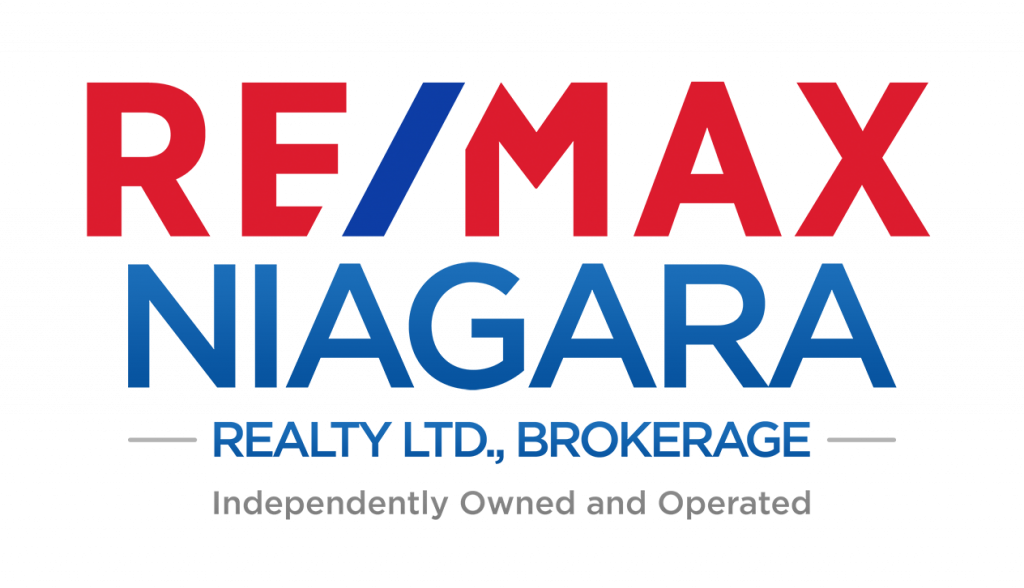Over 1 million Canadians got historically cheap, fixed-rate mortgages between June 2020 and September 2021, averaging 1.99 per cent or less. Around February 2021, deep discount brokers offered insured five-year fixed mortgages as low as 1.23 per cent.
Rates like that are to be covered, no homeowner would willingly give up these discounts when the cheapest five-year rates today are near or above 5 per cent. That’s altering the decision-making of potential homeowners today.
Buyers that are currently driving the market are either looking to upgrade their current home, or downsize their living space. But they also want to hold on to their current rates.
Fortunately, there’s a way to do it. It’s called “porting,” or changing your mortgage so that it’s secured by your new property. Most lenders may let you port your mortgage to a new property and keep your stellar fixed rate.
But there are some concerns.
First, buyers are required to reapply and requalify. That means the lender will reassess your income, credit and debt-to-income ratios all over again.
This can make porting a challenge for anyone who:
- Makes less income today than when they got their last mortgage
- Is self-employed and had temporary income loss
- Porting from an insured mortgage to an uninsured mortgage, or to a property over $1-million
- Big gap between the dates of their new purchase and the sale of their prior property (some lenders give you 90 or 120 days to port, but some only let you port if the old and new property is closing on the same day)
- Has seen their home price drop
- Needs a bigger loan
- Had credit concern
Debt-to-income ratio is what stops the most borrowers from porting their mortgage.
The government’s mortgage stress test requires that today’s borrowers prove they can afford payments based on rates that are 200 basis points above actual rates. Considering the roughly 300-bps runup in fixed rates, that means stress test payments are now based on 7.14 to 7.69 per cent for prime fixed-rate borrowers.
69 per cent of homebuyers purchase at their maximum budget, according to Canada Mortgage and Housing Corp., and given incomes haven’t kept pace with the cost of living, stress test rates that now top 7 per cent often push borrowers’ debt ratios over the limits, making it impossible to port.
Many such borrowers could get approved with a non-prime lender that’s more flexible on income proof, credit and debt ratios. But again, many are simply not willing (or able) to replace a rate such as 1.99 per cent with a 5.14-per-cent rate – let alone a non-prime rate like 6.44 per cent.
Questions about porting your mortgage? Reach out to us today to speak with a Portfolio agent.

